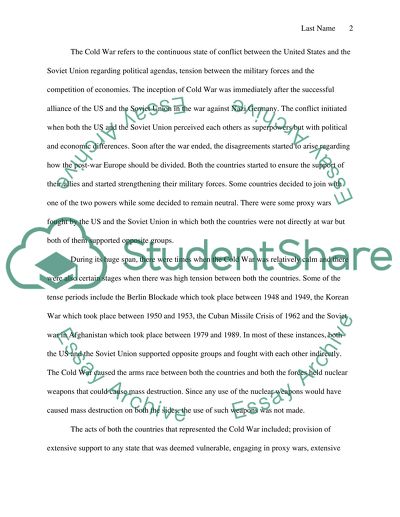Cite this document
(“Pursuing Communism Abroad: Superpower Geopolitics and More Importantly Admission/Application Essay”, n.d.)
Retrieved from https://studentshare.org/english/1441693-pursuing-communism-abroad-superpower-geopolitics
Retrieved from https://studentshare.org/english/1441693-pursuing-communism-abroad-superpower-geopolitics
(Pursuing Communism Abroad: Superpower Geopolitics and More Importantly Admission/Application Essay)
https://studentshare.org/english/1441693-pursuing-communism-abroad-superpower-geopolitics.
https://studentshare.org/english/1441693-pursuing-communism-abroad-superpower-geopolitics.
“Pursuing Communism Abroad: Superpower Geopolitics and More Importantly Admission/Application Essay”, n.d. https://studentshare.org/english/1441693-pursuing-communism-abroad-superpower-geopolitics.


